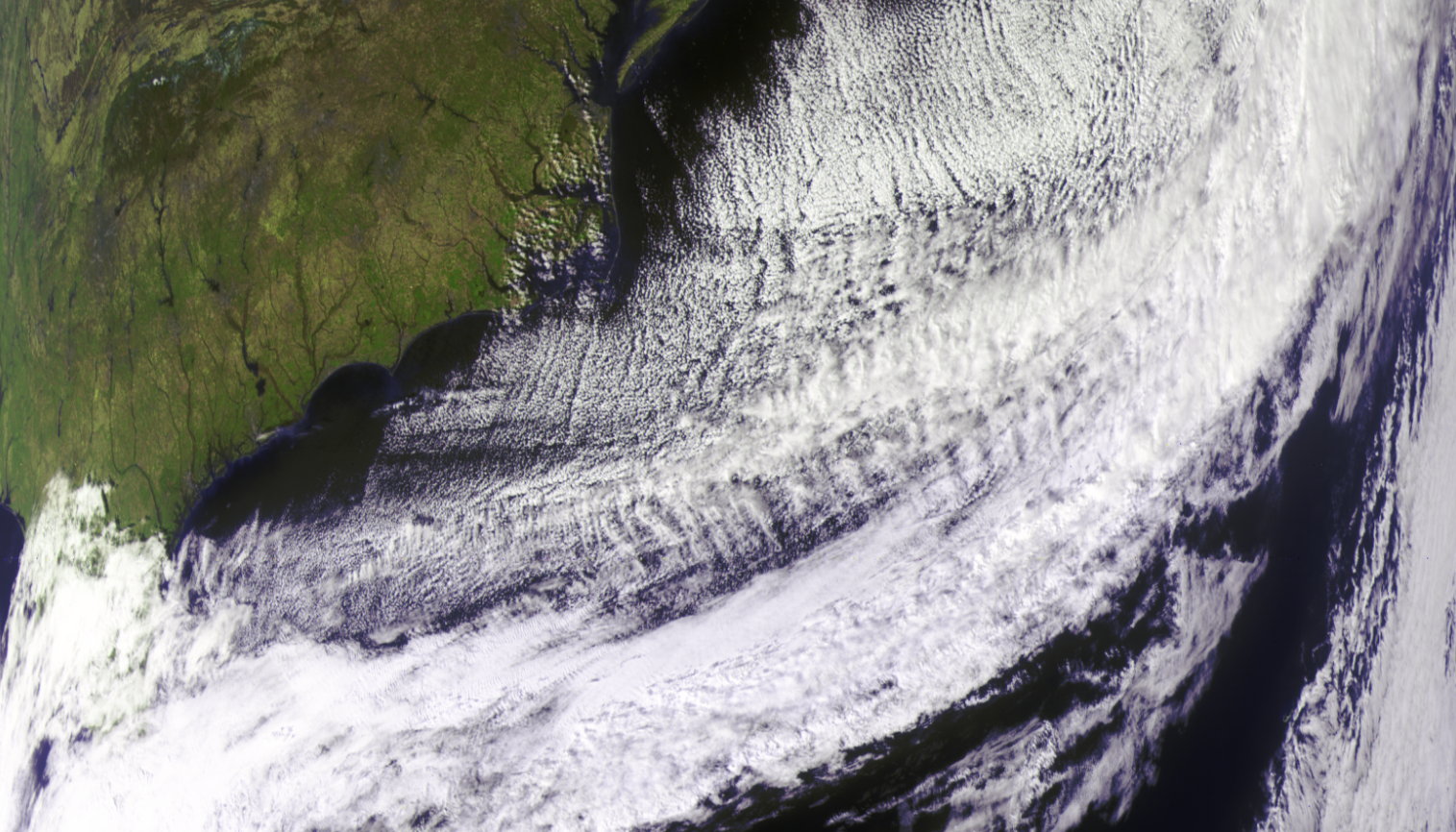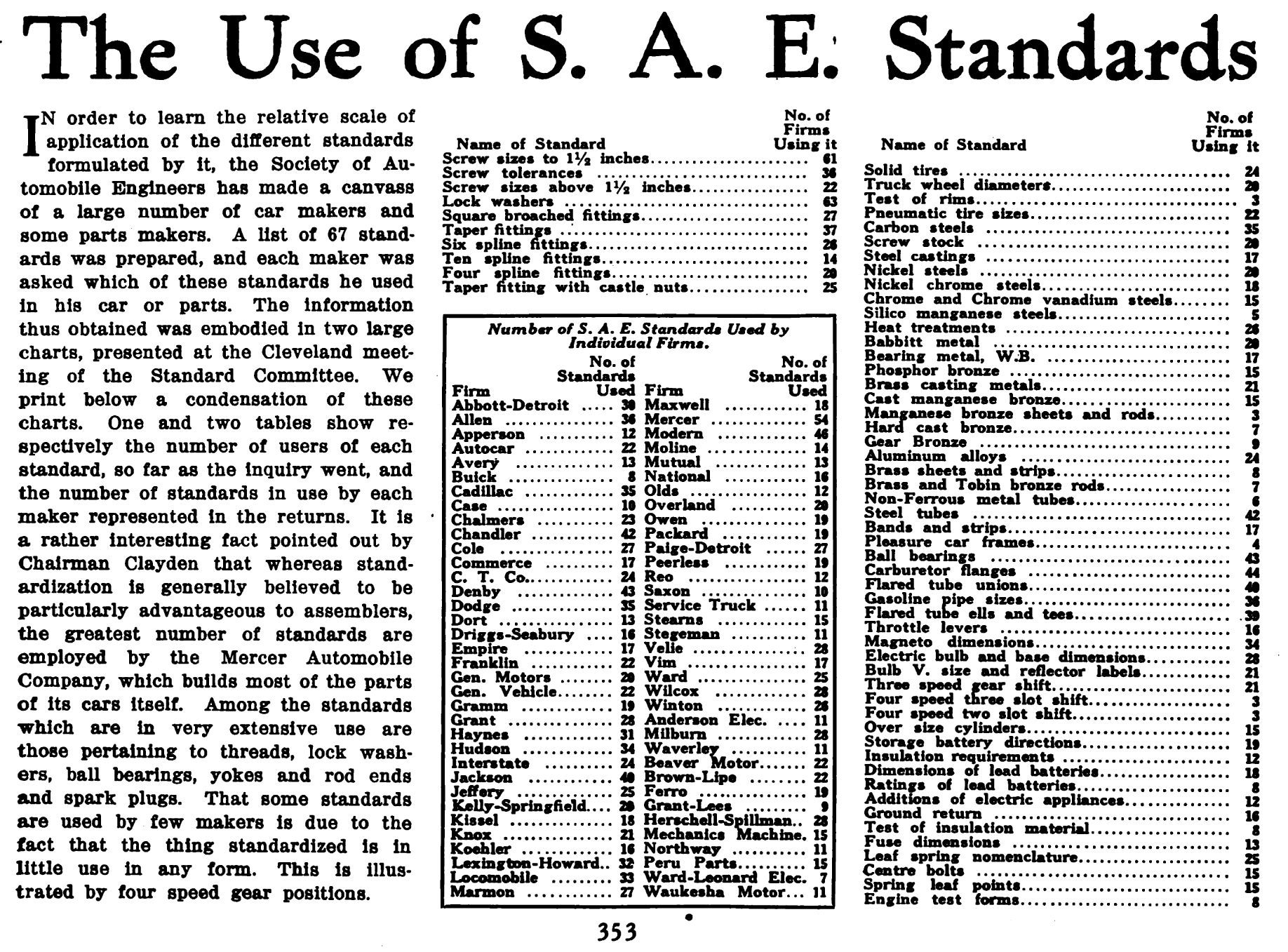|
Pressure-sensitive Paint
Pressure-sensitive paint (PSP) is a method for measuring air pressure or local oxygen concentration, usually in aerodynamic settings. PSP is paint-like coating which fluoresces under a specific illumination wavelength in differing intensities depending on the external air pressure being applied locally to its surface. Scientific Origins Pressure-sensitive paint was initially conceived due to a combination of research and development from the fields of chemistry, flow visualization, imaging and aerodynamic design testing. The phenomena of photoluminescence and oxygen quenching have been studied for many years. John I. Peterson and Raphael V. Fitzgerald are the first to publish observations and suggestions to apply oxygen quenching materials for flow visualization. Research to develop different materials combinations of oxygen quenching fluorescing molecules for use as sensors was undertaken in the former Soviet Union at TsAGI/Moscow in cooperation with Moscow University and the Un ... [...More Info...] [...Related Items...] OR: [Wikipedia] [Google] [Baidu] |
NASA Joint Sponsored Research Program
The Joint Sponsored Research Program (JSRP) was a NASA management system initiative to " establish a pilot program for Joint Sponsored Research Projects. Under this Program, the Agency may jointly fund with private sector entities technology research and development activities that further the Agency's goals and missions". The national policy goals were to accelerate technology development, maintain U.S. technological leadership, foster U.S. economic growth and competitiveness, and create jobs. The Program goals were to..."promote R&D partnerships between NASA and the private sector pertaining to dual-use technologies and to precompetitive, commercially valuable technologies with industry-wide application". The Program, initiated by NASA Ames Research Center, was established to develop business models and legal frameworks for cost-sharing public–private partnerships. Its goals included reducing costs, enhancing technology transfer, and accelerating supply chain development. Launc ... [...More Info...] [...Related Items...] OR: [Wikipedia] [Google] [Baidu] |
False-color Image
False colors and pseudo colors respectively refers to a group of color rendering methods used to display images in colors which were recorded in the visible or non-visible parts of the electromagnetic spectrum. A false-color image is an image that depicts an object in colors that differ from those a photograph (a true-color image) would show. In this image, colors have been assigned to three different wavelengths that human eyes cannot normally see. In addition, variants of ''false colors'' such as pseudocolors, density slicing, and choropleths are used for information visualization of either data gathered by a single grayscale channel or data not depicting parts of the electromagnetic spectrum (e.g. elevation in relief maps or tissue types in magnetic resonance imaging). Types of color renderings True color The concept behind true color can help in understanding false color. An image is called a ''true-color'' image when it offers a natural color rendition, or when it ... [...More Info...] [...Related Items...] OR: [Wikipedia] [Google] [Baidu] |
Society Of Automotive Engineers
SAE International is a global professional association and standards organization based in Warrendale, Pennsylvania, United States. Formerly the Society of Automotive Engineers, the organization adopted its current name in 2006 to reflect both its international membership and the increased scope of its activities beyond automotive engineering and the automotive industry to include aerospace and other transport industries, as well as commercial vehicles including autonomous vehicles such as self-driving cars, trucks, surface vessels, drones, and related technologies. SAE International has over 138,000 global members. Membership is granted to individuals, rather than companies. Aside from its standardization efforts, SAE International also devotes resources to projects and programs in STEM education, professional certification, and collegiate design competitions. History In the early 1900s there were dozens of automobile manufacturers in the United States, and many more w ... [...More Info...] [...Related Items...] OR: [Wikipedia] [Google] [Baidu] |
Airplane
An airplane (American English), or aeroplane (Commonwealth English), informally plane, is a fixed-wing aircraft that is propelled forward by thrust from a jet engine, Propeller (aircraft), propeller, or rocket engine. Airplanes come in a variety of sizes, shapes, and wing configurations. The broad spectrum of uses for airplanes includes recreation, air transportation, transportation of goods and people, military aviation, military, and Experimental aircraft, research. Worldwide, commercial aviation transports more than four billion passengers annually on airliners and transports more than 200 billion tonne-kilometersMeasured in RTKs—an RTK is one tonne of revenue freight carried one kilometer. of cargo annually, which is less than 1% of the world's cargo movement. Most airplanes are flown by a pilot on board the aircraft, but some are designed to be unmanned aerial vehicle, remotely or computer-controlled such as drones. The Wright brothers invented and flew the Wright Flyer ... [...More Info...] [...Related Items...] OR: [Wikipedia] [Google] [Baidu] |
Wind Tunnel
A wind tunnel is "an apparatus for producing a controlled stream of air for conducting aerodynamic experiments". The experiment is conducted in the test section of the wind tunnel and a complete tunnel configuration includes air ducting to and from the test section and a device for keeping the air in motion, such as a fan. Wind tunnel uses include assessing the effects of air on an aircraft in flight or a ground vehicle moving on land, and measuring the effect of wind on Building, buildings and bridges. Wind tunnel test sections range in size from less than a foot across, to over , and with air speeds from a light breeze to hypersonic. The earliest wind tunnels were invented towards the end of the 19th century, in the early days of aeronautical research, as part of the effort to develop heavier-than-air flying machines. The wind tunnel reversed the usual situation. Instead of the air standing still and an aircraft moving, an object would be held still and the air moved around it. ... [...More Info...] [...Related Items...] OR: [Wikipedia] [Google] [Baidu] |
Weighing Scale
A scale or balance is a device used to measure weight or mass. These are also known as mass scales, weight scales, mass balances, massometers, and weight balances. The traditional scale consists of two plates or bowls suspended at equal distances from a fulcrum. One plate holds an object of unknown mass (or weight), while objects of known mass or weight, called '' weights'', are added to the other plate until mechanical equilibrium is achieved and the plates level off, which happens when the masses on the two plates are equal. The perfect scale rests at neutral. A spring scale will make use of a spring of known stiffness to determine mass (or weight). Suspending a certain mass will extend the spring by a certain amount depending on the spring's stiffness (or spring constant). The heavier the object, the more the spring stretches, as described in Hooke's law. Other types of scales making use of different physical principles also exist. Some scales can be calibrate ... [...More Info...] [...Related Items...] OR: [Wikipedia] [Google] [Baidu] |


